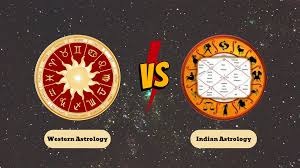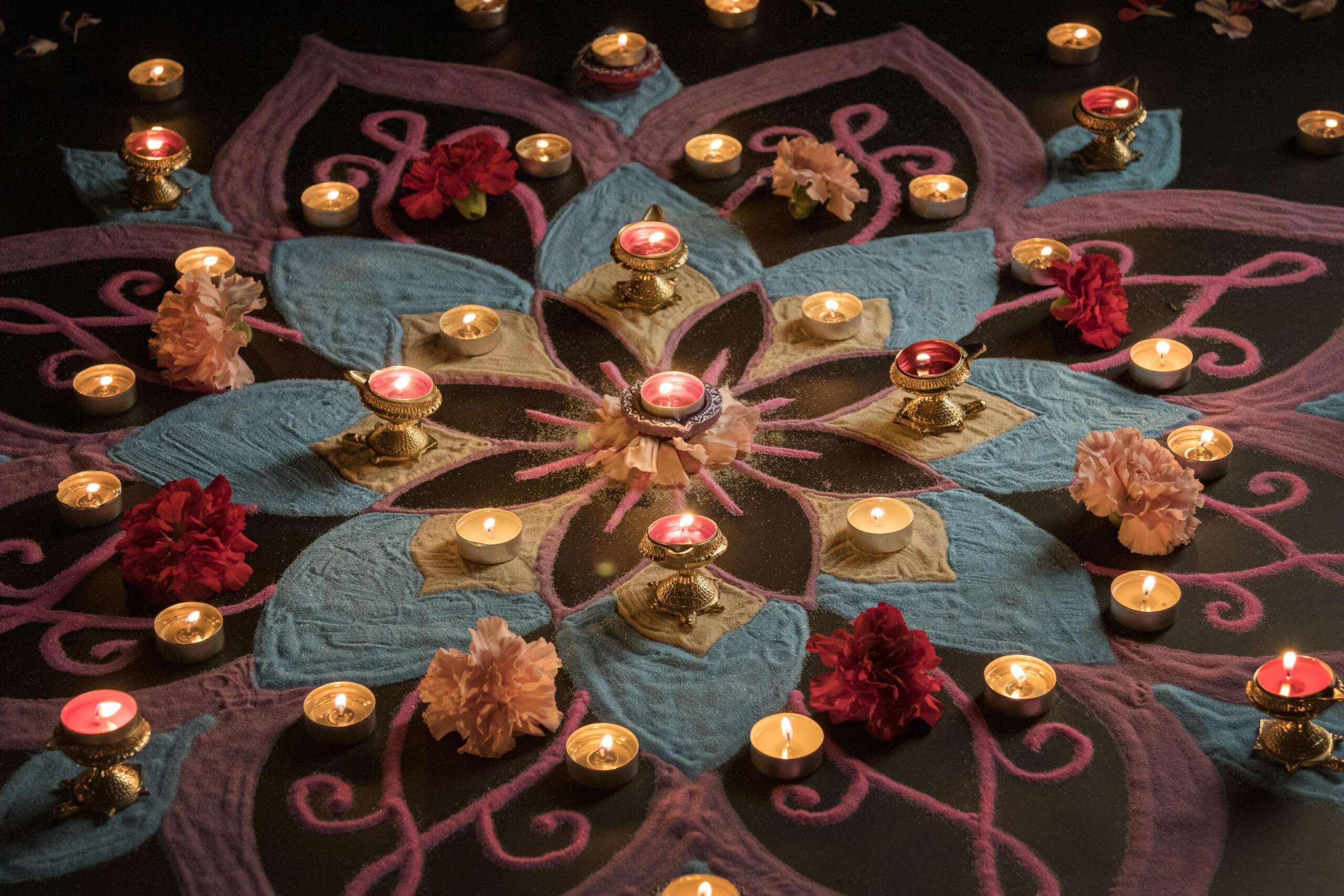
Astrology has been around for thousands of years, helping people understand their lives, personalities, and the world around them. Two of the most popular types are Vedic Astrology and Western Astrology. While both systems share common ideas, they have some important differences.
What is Vedic Astrology?
Vedic Astrology (also called Jyotish) comes from ancient India and is connected to Hindu scriptures. It’s over 5,000 years old and is often used to predict future events, understand past life actions, and guide spiritual growth. Vedic Astrology uses the sidereal zodiac, which tracks the positions of stars and planets based on their current locations in the sky. It also focuses on the moon sign as an important part of understanding a person’s emotions and mind.
What is Western Astrology?
Western Astrology is most commonly used in countries like the U.S. and Europe and is based on the traditions of Greece and Rome. In this system, the sun sign is the most important part, and it uses the tropical zodiac to map the sky. Western Astrology tends to focus more on personal growth, personality traits, and self-awareness.
Main Differences Between Vedic and Western Astrology
1. Sidereal Zodiac vs. Tropical Zodiac
One of the biggest differences between Vedic and Western Astrology is how they calculate the zodiac. Vedic Astrology uses the sidereal zodiac, which measures the current positions of stars. This makes it more accurate in showing where planets really are in the sky.
On the other hand, Western Astrology uses the tropical zodiac, which is tied to the Earth’s seasons. Because the position of the stars has shifted over time, the stars and zodiac signs in Western Astrology are no longer in the same place they were thousands of years ago.
2. Sun Signs vs. Moon Signs
In Western Astrology, the sun sign (the sign the sun was in when you were born) is considered the most important part of your chart. For example, if you were born between March 21 and April 19, you are an Aries in Western Astrology, and this influences your personality traits.
Vedic Astrology, however, places more importance on the moon sign (Rashi). The moon sign is thought to reveal your emotional nature and inner thoughts. Since the moon moves quickly, changing signs every 2.5 days, it offers more detailed and personal insights than the sun sign.
3. Nakshatras in Vedic Astrology
A key part of Vedic Astrology is the use of Nakshatras (lunar mansions). These are 27 sections of the sky that show specific characteristics of the moon’s position. Each Nakshatra influences a person’s emotional behavior and desires.
Western Astrology doesn’t use Nakshatras. Instead, it focuses on the 12 zodiac signs and the planetary positions to provide insight. Nakshatras add more precision to Vedic Astrology, making it more detailed.
4. Karma and Past Lives
Another big difference is the focus on karma and past lives in Vedic Astrology. This system believes that your life now is shaped by actions from previous lives, and it uses the birth chart to reveal your karmic patterns and life purpose.
While Western Astrology can be spiritual, it mostly concentrates on personal development in the present life. It looks at things like how to improve your personality and relationships.
Which One is More Accurate?
- Vedic Astrology is known for being more predictive and gives guidance on future events. It also offers remedies, like using gemstones or chanting mantras to reduce the negative effects of planets.
- Western Astrology is great for understanding your personality and helping you grow emotionally and psychologically.
Conclusion
If you’re just starting out or trying to decide which one is right for you, it’s worth exploring both systems. Each one offers something valuable depending on your needs.

